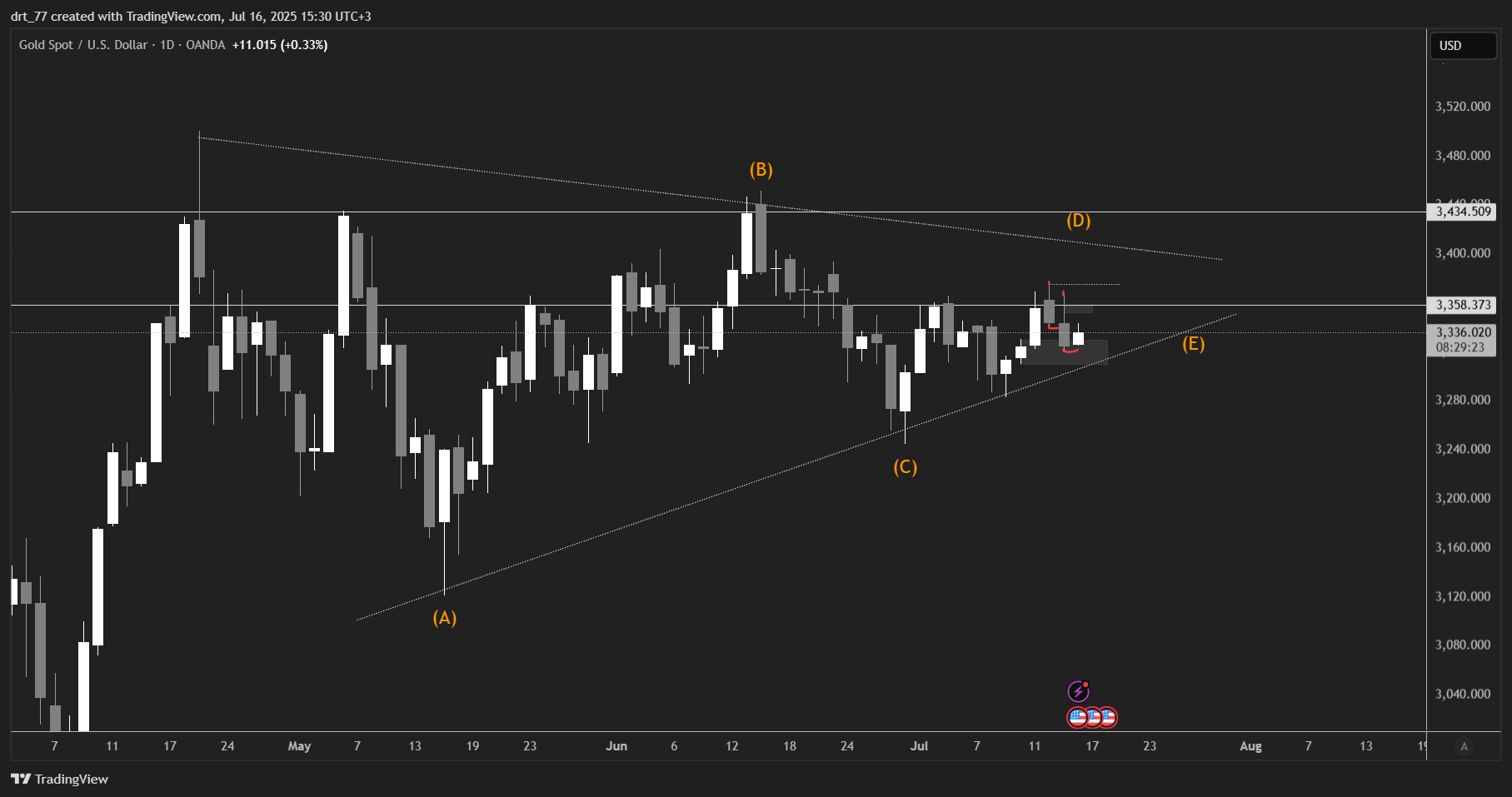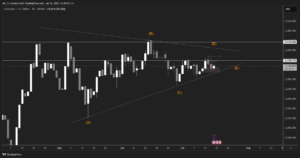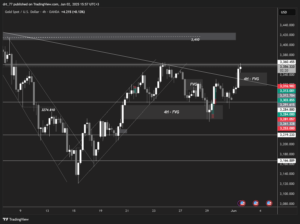FTSE points go lower after UK unemployment falls to 3.5%, its lowest since 1974. A jump in inactivity reduces the size of the workforce putting upward pressure on wages.
· GBP/USD trades at a 10-day low following the data
· US recession fears build, keeping the market mood depressed
· FOMC minutes, US inflation data, and earning season in focus over the rest of the week
Despite a slight rebound in European equities last week, the move was short-lived, and the DAX, along with its European peers, kicked this week off on the back foot. Carryover selling from the better-than-expected non-farm payroll and an escalation of the Ukraine war hit market sentiment.
In the US, the bleak market mood was also apparent, with the Nasdaq falling to a two-year low after the US government announced more restrictions on semiconductor stocks’ shipments to China. Meanwhile, hawkish comments from Federal Reserve voice Chair Lael Brainard reiterated the US central bank’s commitment to fighting inflation.
Recession fears are also picking up, with JP Morgan CEO Jaimie Dimon saying he expected a recession in the next six to nine months. Meanwhile, the Conference Board shows a 96% chance of a recession in the US in the coming 13 months.
The US is already in a technical recession, with two-quarters of negative GDP, and the Conference Board is considered more accurate. It forecasts a US recession in Q4 this year and Q1 in 2023.
The weak close in the US has transferred to weakness in Europe, with the DAX set to open -0.4% lower and the FTSE -0.5%.
UK jobs data
The unemployment rate in the UK unexpectedly fell to 3.5% in the three months to August, down from 3.6%. Meanwhile, the number of payrolled employees rose by 69k. The data adds to concerns over labour shortages, as firms find it harder to fill their staffing requirement, fanning fears over wage increases and inflation. Average earnings excluding bonuses rose to 5.4%, just over half the inflation rate, highlighting the deepening cost of living crisis.
Of note: The inactivity rate – the number of people out of work and not looking for jobs had the highest rise since collecting such data began in 1971. Over the last three months, 252,000 people became inactive. With more people leaving the workforce by choice, the unemployment rate fell.
The data comes as the cost of long-term borrowing for the UK government had surged to its highest level since the BoE’s intervention last month when it launched the £65 billion bond-buying programme. The 10-year gilt rose to 4.25% and the 30-year gilt to 4.5%, suggesting that there could be more turmoil on the cards.
The Treasury is moving forward the date to reveal plans on how it will rein in debt and bring down borrowing medium term. However, this provided little relief for the market.
GBP/USD trades at a 10-day low as it heads towards 1.10.
Looking ahead
The economic calendar in both the eurozone and the US is relatively quiet today. Attention will be on the release of the minutes of the September Fed meeting tomorrow, inflation data on Thursday, and the start of earnings season on Friday.





